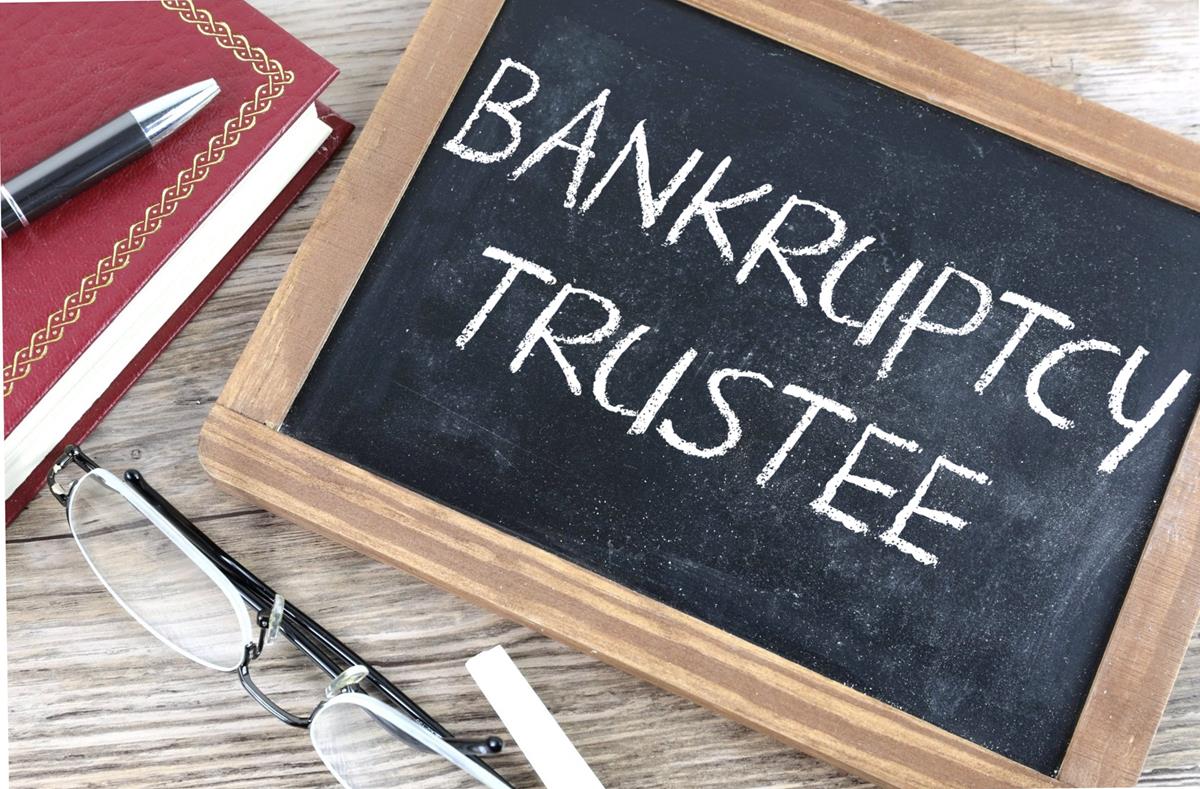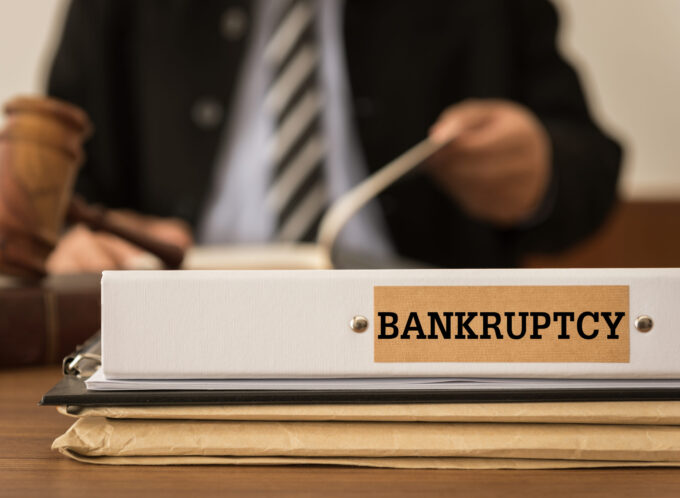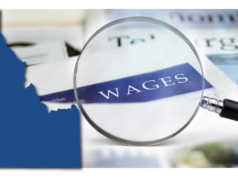The financial landscape can often resemble a fast-flowing river, with the rapid currents symbolizing the unpredictable twists and turns of our financial lives. Just as a seasoned boatman navigates the tumultuous waters with skill and expertise, a bankruptcy trustee steers an entity or individual through the labyrinth of financial crisis. Let’s embark on this journey to understand their pivotal role, their strategies, and the challenges they face.
The Role of a Bankruptcy Trustee

To commence, a bankruptcy trustee serves as an independent arbiter and manager during the financial restructuring process. Appointed by the courts, they carry the responsibility of ensuring all processes adhere to the law. Their overarching goal is to maximize the return to creditors and provide an equitable solution for everyone involved.
While popular conception might paint them as mere administrators, these professionals bring a wealth of expertise to the table. Their role is multifaceted, balancing legal, financial, and communication challenges. Services like bankruptcy trustee Halifax function as a bridge, ensuring that both the debtors’ and creditors’ interests are represented fairly.
Lastly, their intervention often provides the necessary objectivity to navigate through emotionally charged situations. By separating personal feelings from the equation, they pave the way for logical and pragmatic decisions, ensuring the integrity of the process.
Identifying Financial Troubles
One might wonder, when does the expertise of a trustee become necessary? Predominantly, their services are sought when financial stability starts to wane. This could manifest in consistent inability to pay bills, spiraling debts, or imminent legal action from creditors.
Yet, it’s not always about glaring issues. Subtle signs, like diminishing cash reserves or increasing reliance on short-term loans, often preclude a financial crisis. The trustee’s eye, honed by experience, can spot these early indicators and act preemptively.
In essence, the earlier the involvement, the smoother the transition towards stability. Early action offers more solutions and flexibility, creating the potential for mitigated losses and faster recovery.
Initial Steps in the Bankruptcy Process
As the decision to declare bankruptcy is finalized, a series of preliminary actions kickstart the process. First and foremost, a comprehensive review is conducted to grasp the extent of the financial turmoil. This involves poring over financial statements, ledgers, and any pertinent documentation.
Following this, an initial meeting with creditors is organized. This offers a platform for transparent communication, allowing creditors to understand the debtor’s position and the potential outcomes. It’s a critical juncture where initial concerns and questions are addressed.
Finally, a public notice is issued, formally announcing the bankruptcy. This acts as a beacon, alerting potential claimants and stakeholders. It is a step toward transparency and ensures that all concerned parties are informed.
Assessing Assets and Liabilities

Peering into the financial abyss, trustees must discern between assets and liabilities. This determination sets the foundation for all subsequent actions. Assets encompass everything of value, from tangible properties and stocks to intangible assets like intellectual property.
While evaluating these, the trustee must also discern between exempt and non-exempt assets. The former are protected under law and cannot be liquidated to pay off debts. The distinction varies across jurisdictions and is pivotal in shaping the financial recovery strategy.
Parallelly, liabilities – the debts owed – are compiled. Each claim is verified for authenticity. This ensures that only legitimate debts are acknowledged, preventing any fraudulent claims from slipping through.
Developing a Bankruptcy Strategy

With a clear picture of the financial situation, trustees devise a roadmap for recovery. This involves critical choices, like whether to liquidate assets or restructure the debt. It’s a phase of weighing pros and cons, often influenced by the type and size of bankruptcy.
Trustees might consider selling non-core assets, shutting down non-profitable operations, or renegotiating contracts. Each choice aims to bolster financial health while ensuring fairness to creditors.
This strategy isn’t static. It’s a fluid plan, evolving with circumstances. The trustee must remain vigilant, adapting the approach as new information surfaces or as conditions change.
Communicating with Creditors
Maintaining open channels with creditors is paramount. This relationship is rooted in trust and transparency, ensuring that the creditors understand each step and its implications.
Regular meetings serve as touchpoints, keeping creditors apprised of developments. These interactions prevent misinformation and speculation, both detrimental in volatile financial times.
As pivotal decision points approach, trustees might solicit feedback from creditors. Their input can influence decisions, ensuring that the chosen path is agreeable to the majority and benefits the collective.
Managing Bankruptcy Proceedings
Overseeing the bankruptcy process is a meticulous task. Trustees ensure that every action aligns with legal stipulations. This extends from managing asset sales to supervising claim distributions.
This phase may also involve mediating disputes. Conflicting interests can arise, and the trustee must strike a balance, upholding the law while ensuring fairness.
Lastly, the trustee shoulders the responsibility of concluding the bankruptcy. This entails disbursing the remaining funds and ensuring that all legal requirements have been met, paving the way for a fresh start.
Liquidation vs. Reorganization
Two primary paths beckon in bankruptcy: liquidation or reorganization. Liquidation involves selling off assets to repay creditors. This might spell the end for businesses but offers individuals a clean slate.
Reorganization, on the other hand, is about restructuring. Debts are renegotiated, and assets might be sold, but the core entity remains intact. It’s akin to a financial reset, allowing the entity to emerge leaner and more robust.
Each route has its merits and challenges. The trustee’s expertise is crucial in discerning the optimal path, factoring in the long-term implications and immediate realities.
Protecting the Interests of Stakeholders
Beyond the creditors and debtors, multiple stakeholders are intertwined in the bankruptcy web. Employees, shareholders, and even the broader community can be affected. Trustees must remain cognizant of their interests and concerns.
For employees, this might mean safeguarding their rights, ensuring due compensation, or aiding in transitions. For shareholders, transparency becomes vital, keeping them informed of their stake’s fate.
In essence, while the financial implications are at the forefront, the human element cannot be sidelined. Trustees must meld financial acumen with empathy, ensuring that the ramifications on all stakeholders are considered and mitigated.
Final Thoughts
Navigating the financial rapids of bankruptcy requires skill, expertise, and an unwavering commitment to fairness. Bankruptcy trustees, with their blend of legal acumen and financial insight, serve as the torchbearers in these murky waters. While the journey may be fraught with challenges, their guidance often spells the difference between a complete financial shipwreck and the hopeful horizon of a fresh start. As we understand their role and significance, it becomes evident that they’re not just administrators but the very captains steering the ship through the storm, ensuring it finds its way to calmer shores.












